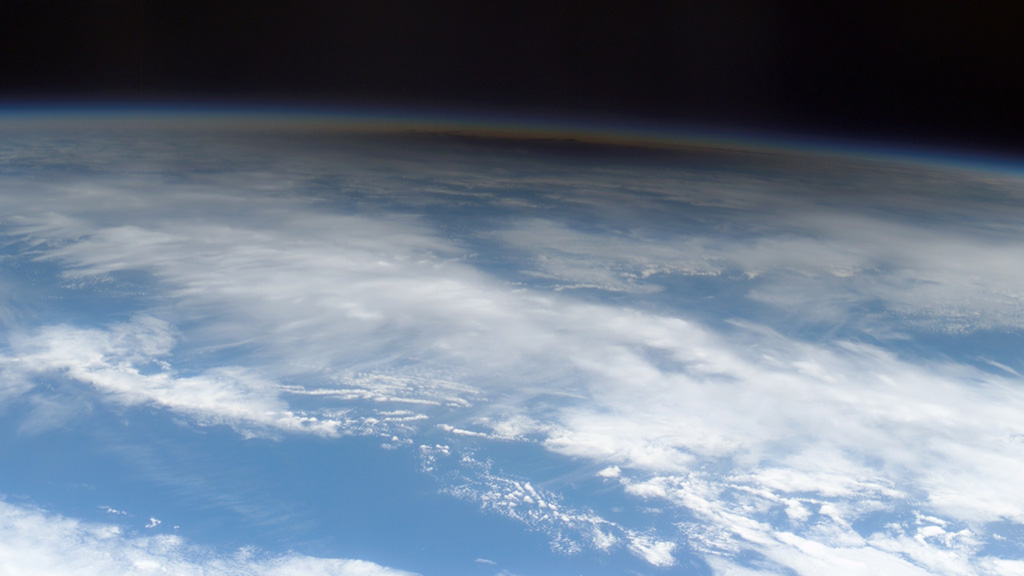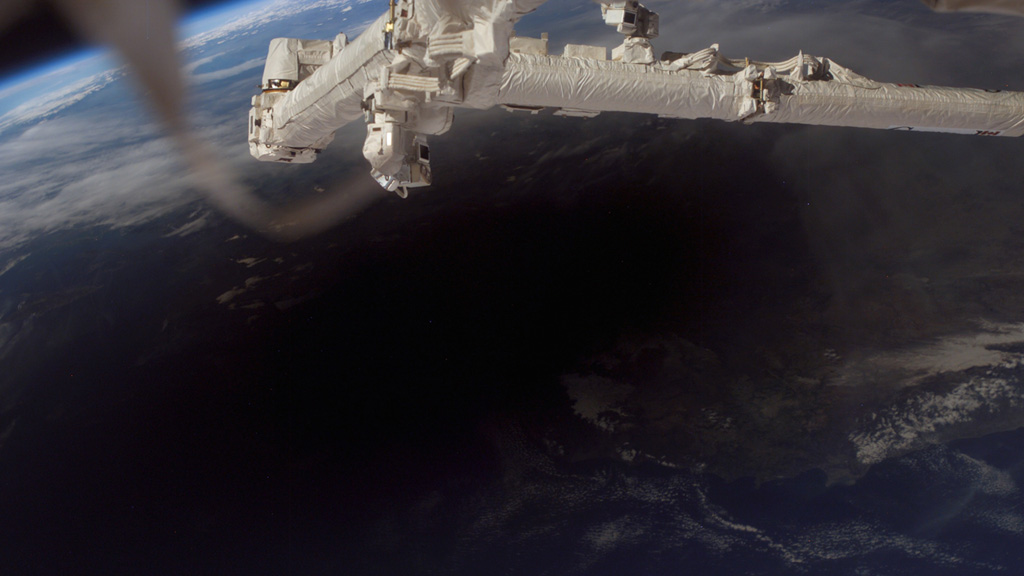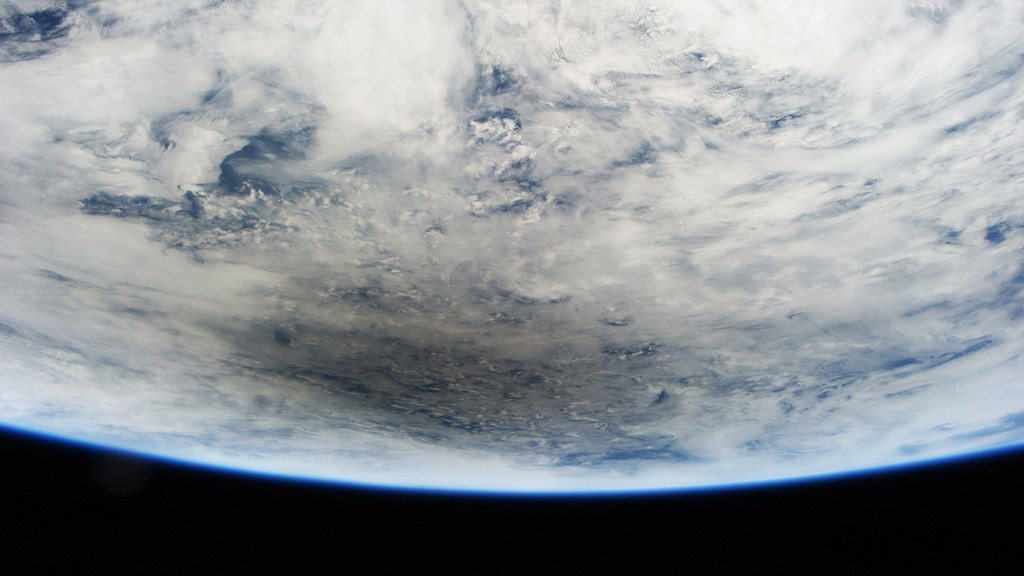Planets and Moons
ID: 11842

About twice a year, a momentary darkness sweeps across our planet as the moon passes between Earth and the sun and blocks all or some of its light during a solar eclipse. Those lying within the narrow path of the shadow the moon casts on Earth, which covers only about one percent of the surface, get to experience an eerie sense of twilight as day turns to night and back to day again within minutes. But to an observer in space, an entirely different effect is seen. Portions of sky at the top of Earth's atmosphere dim as the moon’s shadow travels across the planet. When the sun’s disk is completely blocked by the moon during what’s called a total solar eclipse, the shadow that falls on Earth can measure about 100 miles wide. Explore the video and images to see views of the moon's shadow during a solar eclipse captured by astronauts aboard the International Space Station.



Darkness From Above




Story Credits
Please give credit for this item to:
NASA's Goddard Space Flight Center
Cover image courtesy of NASA/SVS/LRO/E. Wright
Video and images courtesy of NASA/JSC
NASA's Goddard Space Flight Center
Cover image courtesy of NASA/SVS/LRO/E. Wright
Video and images courtesy of NASA/JSC
Short URL to share this page:
https://svs.gsfc.nasa.gov/11842
Keywords:
SVS >> App
NASA Science >> Planets and Moons
https://svs.gsfc.nasa.gov/11842
Keywords:
SVS >> App
NASA Science >> Planets and Moons







